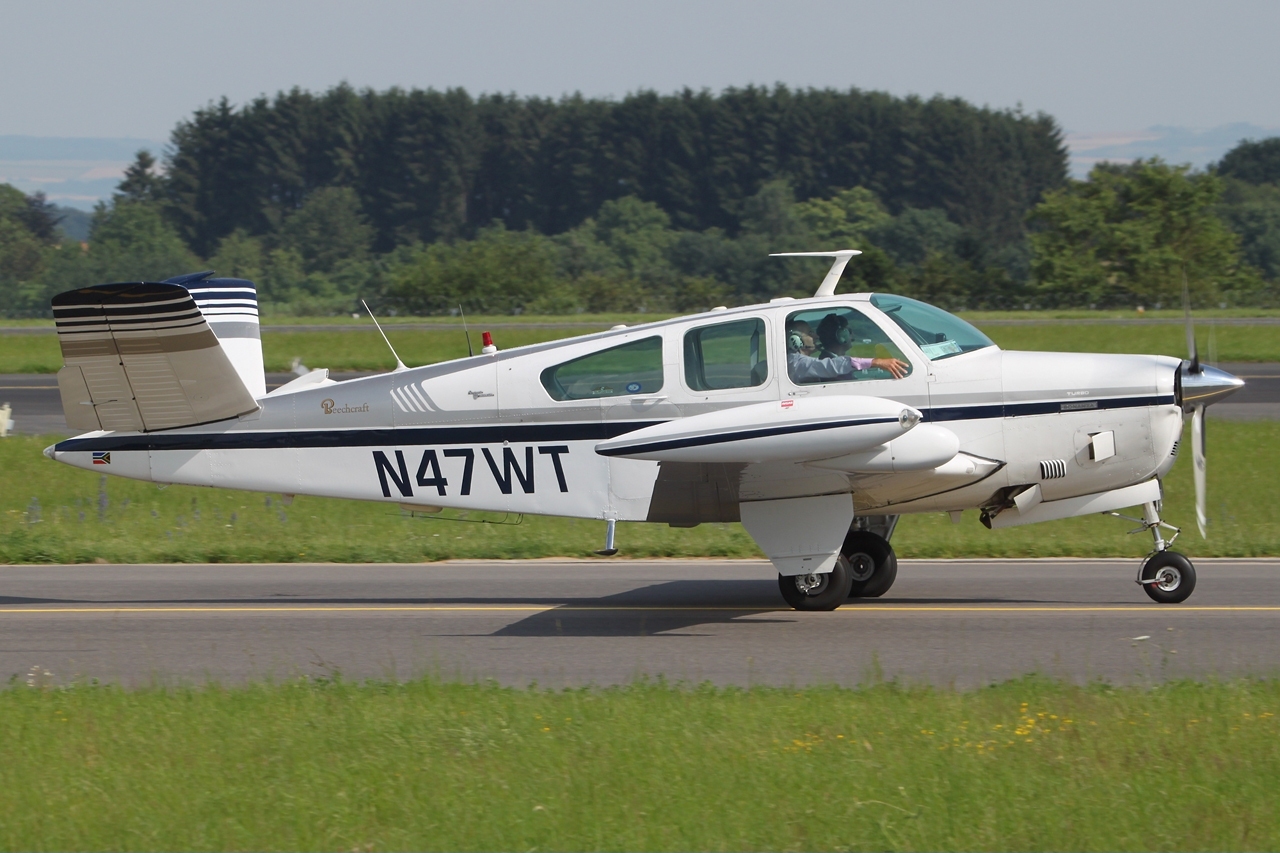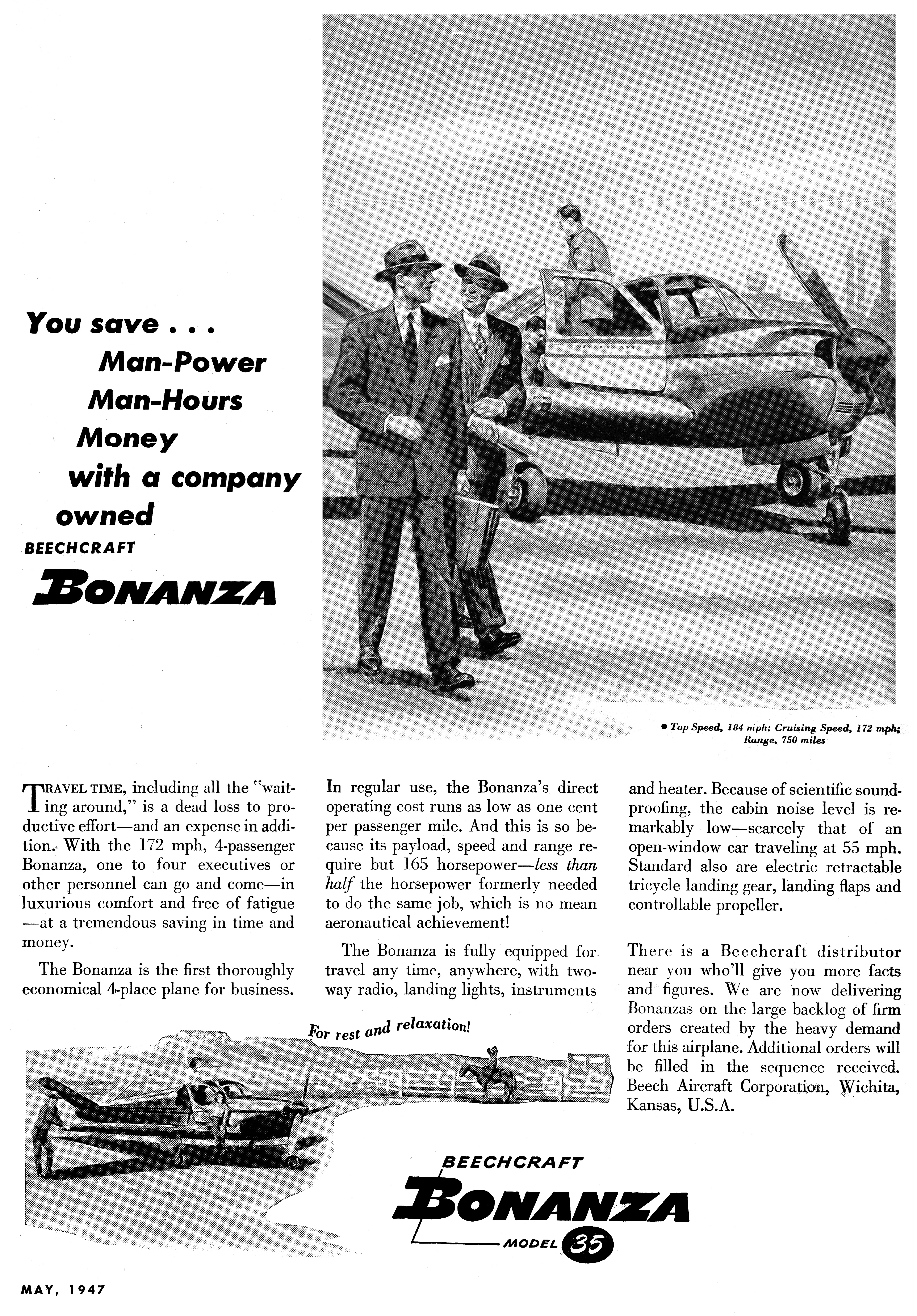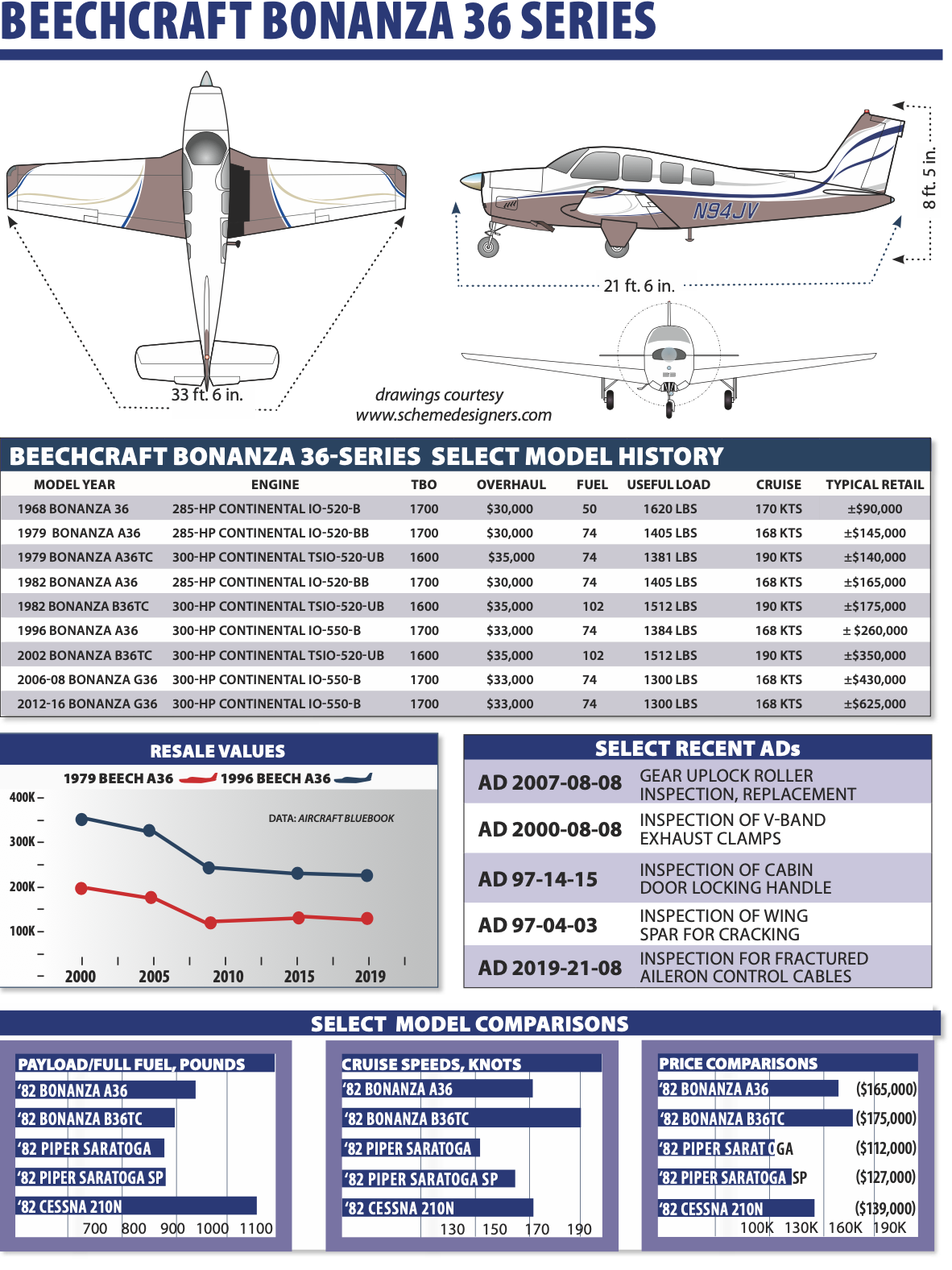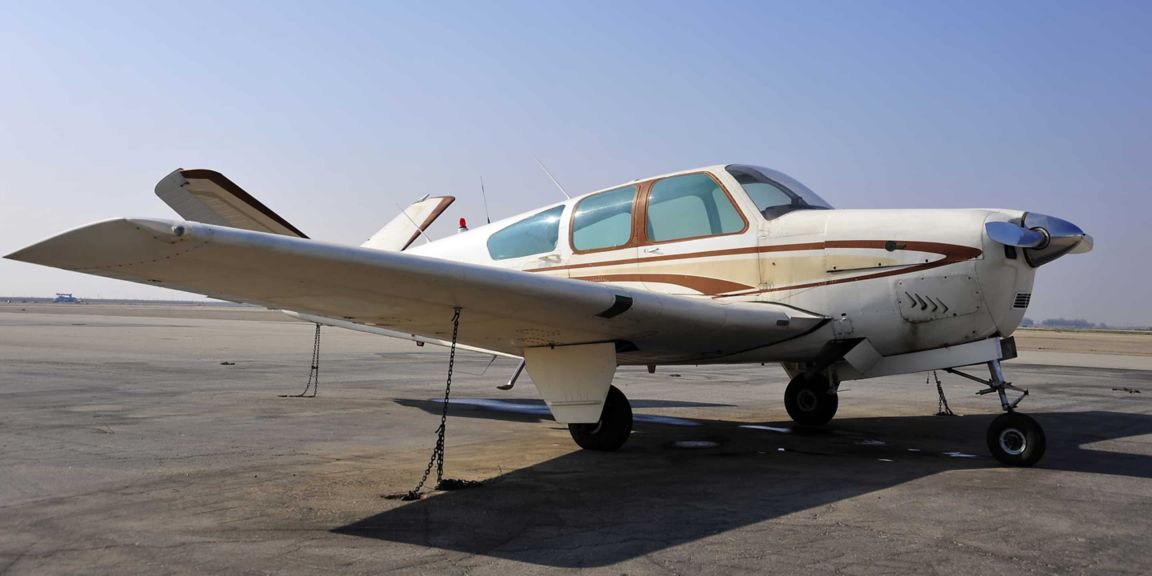Beach Aircraft - This article is about the 90 and 100 series. For the 200 and 300 series, see Beechcraft Super King Air.
The Beechcraft King Air is a line of American business aircraft manufactured by Beechcraft. The King Air line consists of several twin turboprop models divided into two families. In the 1960s, the Model 90 and 100 series were called King Airs, and the later Model 200 and 300 T-tail series were initially marketed as Super King Airs, the "Super" designation was dropped by Beechcraft in 1996 (although it continued to carry the 200 and 300 series King Airs still often used to distinguish them from their smaller counterparts).
Beach Aircraft

The King Air was the first aircraft in its class and was produced continuously from 1964 to 2021. It outperformed all of its turboprop competitors. It faced competition from jets such as the Embraer Phom 100, Honda HA-420 HondaJet and Cessna Citation Mustang; but also from new turboprop aircraft such as the Piaggio P180 Avanti and Piper Malibu Meridian, Pilatus PC-12 and Socata TBM.
Beechcraft Bonanza, The Legendary Aircraft Ever Known
The Model 90 King Air was built in 1961 as the Model 120. On May 15, 1963, Beechcraft began test flights of the Que Air 87 model, modified with a Pratt & Whitney Canadian PT6A-6 engine. On July 14, Beech announced the new type and a month later began accepting orders for the King Air, with deliveries beginning in October 1964.
On January 24, 1964, the first actual prototype, now designated Model 65-90 and also equipped with the PT6A-6 engine,
First time flying. After 10 months of test flight, in 1964 the Model 87 entered the US Army as the NU-8F. The first production aircraft was delivered on October 8, and by the end of the month 152 aircraft had been ordered;
Production changed to Model 65-A90 with PT6A-20 engine. As a measure of the type's popularity, when production switched to the B90 model, 206 65-A90s were built in less than two years, the first of which rolled off the production line in 1968.
Beech Aircraft At 10 At 7 At 11 Ww2 Army Navy Bombers Photo Print Ad Ads33
Military versions developed over the years included the 65-A90-1, 65-A90-2, 65-A90-3, and 65-A90-4, all lightweight models based on the Model 87. They were produced for the US Army. designated them as U-21s of various subtypes; most of them were installed for electronic surveillance on the battlefield. 162 of them were built in 1967-1971.
Maximum take-off weight (MTOW) increased from 350 lb (160 kg) to 9,650 lb (4,378 kg) while the wingspan increased from 4 ft 11 in (1.50 m) to 50 ft 3 in (15.32 m) and the PT6A-20A Kinase . . A very similar E90 model was introduced the following year with the PT6A-28 engine; both were produced simultaneously. Further refinement of the 90 series led to the F90 model and the subsequent F90-1 model. The F-models had a Model 200 King Air T-tail integrated into the E90 fuselage and wings, with 750 shp (560 kW) PT6A-135 engines driving four-bladed propellers. The F90 prototype flew on January 16, 1978, and 203 production versions between 1979 and 1983, when the F90 was replaced by the F90-1.
The F90 prototype was rebuilt with the Garrett AiResearch TPE-331 engine to test the feasibility of the G90 model, but this model was never produced.

The following year, the F90-1 was released with redesigned fuselages, updated PT6A-135A engines, hydraulic landing gear and a triple-feed electric bus; Only 33 were built before production ended in 1985.
Beechcraft Bonanza V35b, N1169t, S/n D 9770
The C90-1 was soon followed by the C90A model with redesigned engine casings from the F90-1. The C90A received an MTOW increase in 1987, certified to 10,100 lb (4,580 kg). The C90A model remained in production until 1992, with 235 built so far, with all but 74 having increased MTOW.
Only two C90As were built in 1992, the C90B model that year with airframe improvements, four-bladed propellers, and propeller synchronization.
Everyone tries to reduce the noise in the cabin. This model also had the PT6A-21; The first production C90B was installed with the 10,000th PT6 engine delivered to Beechcraft. In 1994, a cheaper version was introduced as the C90SE (Special Edition), replacing the Electronic Flight Instrument System (EFIS) fitted to the C90B with three-bladed propellers, standard internal and mechanical instrumentation.
A total of 456 C90Bs and C90SEs were built before these models were discontinued in late 2005.
U.s. Army Special Missions Equipped Beechcraft King Air 300 Surpasses 50,000 Flight Hours
In July 2005, Beechcraft introduced the C90GT at the Oshkosh Air Show. The C90GT was powered by 750 shp (560 kW) PT6A-135As, the same 550 shp (410 kW) fare as the previous King Airs. This change increased the Hydra's performance due to lower operating temperatures, improved cruise speed and climb rate. With a cruising speed of 275 kt (509 km/h, 316 mph), the C90GT was highly competitive with the new arrival of short- and medium-range ultralights, while providing a larger and more luxurious cabin. Deliveries of the C90GT began in early 2006.
On May 21, 2007, at the 7th Annual European Business Aviation Show and Exhibition in Geva, Beechcraft announced the updated C90GTi version of the C90GT model.
Includes the Rockwell Collins Proline 21 avionics package previously offered for the B200 and B300 King Airs. Deliveries began in 2008 after 97 C90GTs were delivered to customers over the past two years.

In 2015, the C90GTx was introduced with further updates. In 2019, the unit cost of the C90 was $2.75 million, while the C90GTi was $4.2 million.
The Love And Joy Of That Beechcraft
In March 2021, Beechcraft discontinued the C90GTx, ending production of the Model 90. Beechcraft subsidiary Textron said it plans to support the current Series 90 fleet indefinitely, given the large number of aircraft in active service.
The Model 100 was an extended version of the Model 90, featuring five cockpit windows instead of the Model 90's three; MTOW increased by 1,300 pounds (590 kg) over the 90 to 10,600 pounds (4,810 kg). 100 used wings, tail and sweepers (two PT6A-28 sweepers but rated at 680 hp)
The Model 100 first flew on March 17, 1969, and was unveiled to the public in May. A total of 89,100 models were built before being replaced by the A100 in 1972, which further increased the MTOW to 11,500 lb (5,220 kg), fuel capacity to 94 US gallons (360 L), and four-blade propellers.
A total of 157 A100s were built before production of this model ended in 1979. Next in the series was the B100, powered by 715 shp (533 kW) Garrett AiResearch TPE-331 engines as an alternative to the Pratt & Whitneys' scavengers. in other King Airs and another increase in MTOW to 11,800 lb (5,350 kg). The B100 was launched in 1976 and was released at the same time as the A100 for several years; production ceased in 1983 after 137 were built. The Model 200 Super King Air was developed from the Model 100, with both models using the same fuselage design (with some differences, mainly related to the different tails). The Model 200 had a different fender and T-tail assembly and ignition in 1974.
Beechcraft C17l Staggerwing
The Japan Maritime Self-Defense Force (JMSDF) operated a total of 40 C90 and C90A King Airs, with deliveries beginning in 1973. They are variously assigned by the JMSDF and include 34 TC-90 trainers, five LC-90 transports, and one UC-90 configured for aerial photography. The TC-90 and UC-90 are operated by the 202nd Naval Training Squadron (JMSDF) based at Tokushima Air Base, while the LC-90 is attached to various Lockheed P-3 Kokutai (squadrons) and the 61st Airlift Squadron.
As a communication plane. In late 2005, the JMSDF set a target of 500,000 accident-free flight hours for the TC-90 trainer fleet. Filipino maintenance personnel will also be trained.
The JMSDF planned to lease at least five TC-90s to the Philippines to conduct maritime patrols.
Between November 2016 and November 2017, six Philippine Navy pilots were trained to fly the aircraft at Tokushima Airport. Maintenance personnel are also trained.
Beech Bonanza G35 N4475d
The United States military used the King Air 90 in a variety of roles, primarily as a VIP and liaison transport under designations such as the VC-6A, T-44 Pegasus, and U-21 Ute. The U-21 Ute used by the US Army was the most common variant.
Most of the U-21s were lightweight Model 87 derivatives, but there were also five U-21Fs based on the A100 King Air; and three U-21Js designated Beechcraft Model A100-1, but actually the first three models to be produced, after 200 Super King Airs (C/Ns BB-3, BB-4 and BB-5, C/N BB -1 and prototypes) was. BB-2 was built). Most of the U-21s were delivered as U-21As (102 65-A90-1s), but there were also four RU-21As (65-A90-1s), three RU-21Bs (65-A90-2s), two. RU-21Cs (65-A90-3s), 18 RU-21Ds (65-A90-1s), 16 RU-21Es (65-A90-4s) and 17 RU-21Gs (65-A90-1s). RU-21Es (except for one wreck) were later converted to U-21Hs and RU-21Hs, two U-21Hs and RU-21Hs were further converted to JU-21Hs.
In 1993, the three RU-21As remaining in military service were retired to JW Duff Aircraft Savage in Colorado.
Aircraft, aircraft manufacturer vero beach, piper aircraft vero beach, palm beach aircraft services, palm beach aircraft propeller, aircraft carrier virginia beach, aircraft insurance, virginia beach aircraft museum, long beach aircraft carrier, vero beach aircraft, vero beach aircraft rental, douglas aircraft long beach

0 Comments